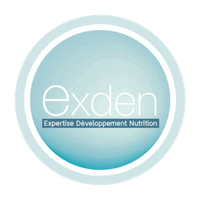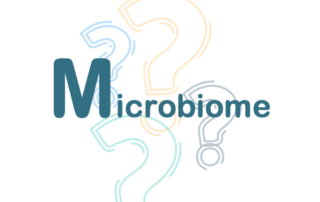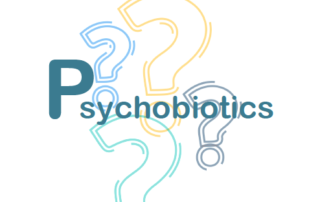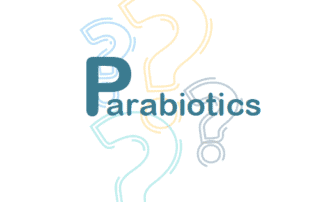H as Holobiont
Holobiont... A mysterious term that has been emerging for the last ten years. What is its meaning? Humans, animals, plants.... We all have one thing in common: we are made up of a wide variety of micro-organisms (bacteria, yeast, viruses, fungi, etc.). We are "Jamais seul" (never alone), as Marc-André Selosse puts it in his book of the same name: organisms resulting from the evolution of life have always had to deal with microbes. This microbial community, present in and on animals / plants / humans, forms ecosystems called microbiota. The most popular, or at least the most studied in humans, [...]











